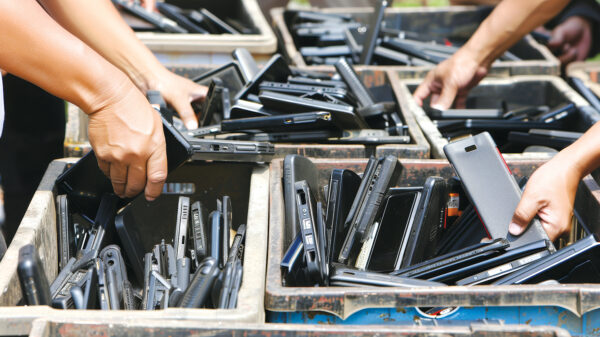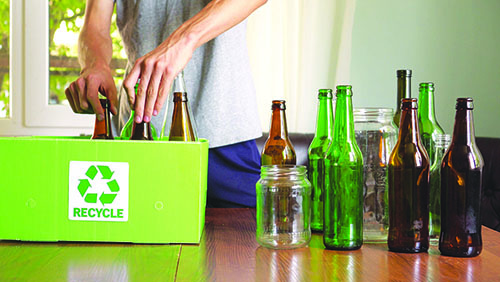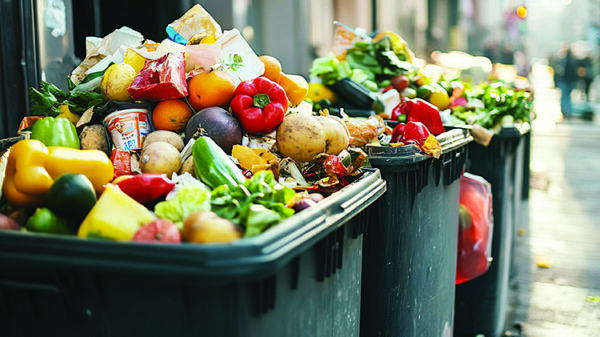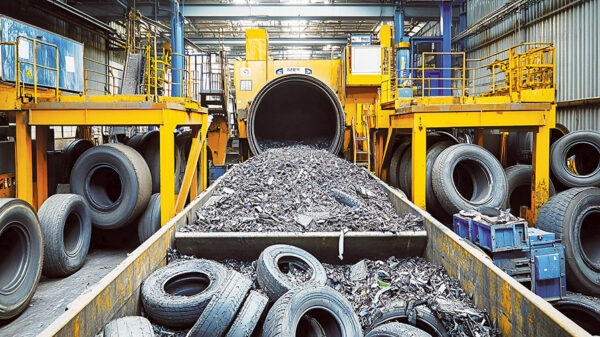Sustainability advances by Dart Container have resulted in several products receiving recognition from leading third-party organizations for their home compostability and recyclability.
- All Dart designed molded fiber products are certified as Home Compostable by TÜV Austria, a well-respected international standard for compostability.
- Dart’s new clear microwaveable hinged containers, square plastic bowls and clear polypropylene cups were awarded the Design® for Recyclability Recognition by the Association of Plastic Recyclers (APR) in the U.S.
“These acknowledgements underscore Dart’s commitment to thoughtful innovation and sustainability across our product lines,” said Michael Westerfield, vice president of sustainability. “By designing packaging solutions that meet rigorous compostability and recyclability criteria, we’re meeting the needs of our customers and contributing to industry-wide progress toward a more sustainable future.”
The TÜV Austria OK Compost HOME certification confirms that Dart’s molded fiber products break down in standard home composting systems without leaving harmful residues. Dart is one of only a few foodservice packaging manufacturers to receive this certification for molded fiber products. Dart’s molded fiber products – manufactured in the US and internationally with a minimum of 96% renewable resources – are grease resistant and PFAS free.
Dart’s molded fiber product portfolio includes square and round dinnerware, hinged trays, squat round and oval bowls, portion containers, and hot cup lids. The versatile products can be used for hot and cold food and for reheating in the microwave or conventional oven (up to 400 degrees Fahrenheit for 30 minutes).
The APR Design® for Recyclability Recognition affirms that Dart’s clear microwaveable hinged containers, square plastic bowls, and clear polypropylene cups meet their strict guidelines related to material composition, product design, and compatibility with common Materials Recovery Facilities (MRFs). These products were tested to ensure they can be sorted and reprocessed within existing North American recycling systems.
Published June 2025



